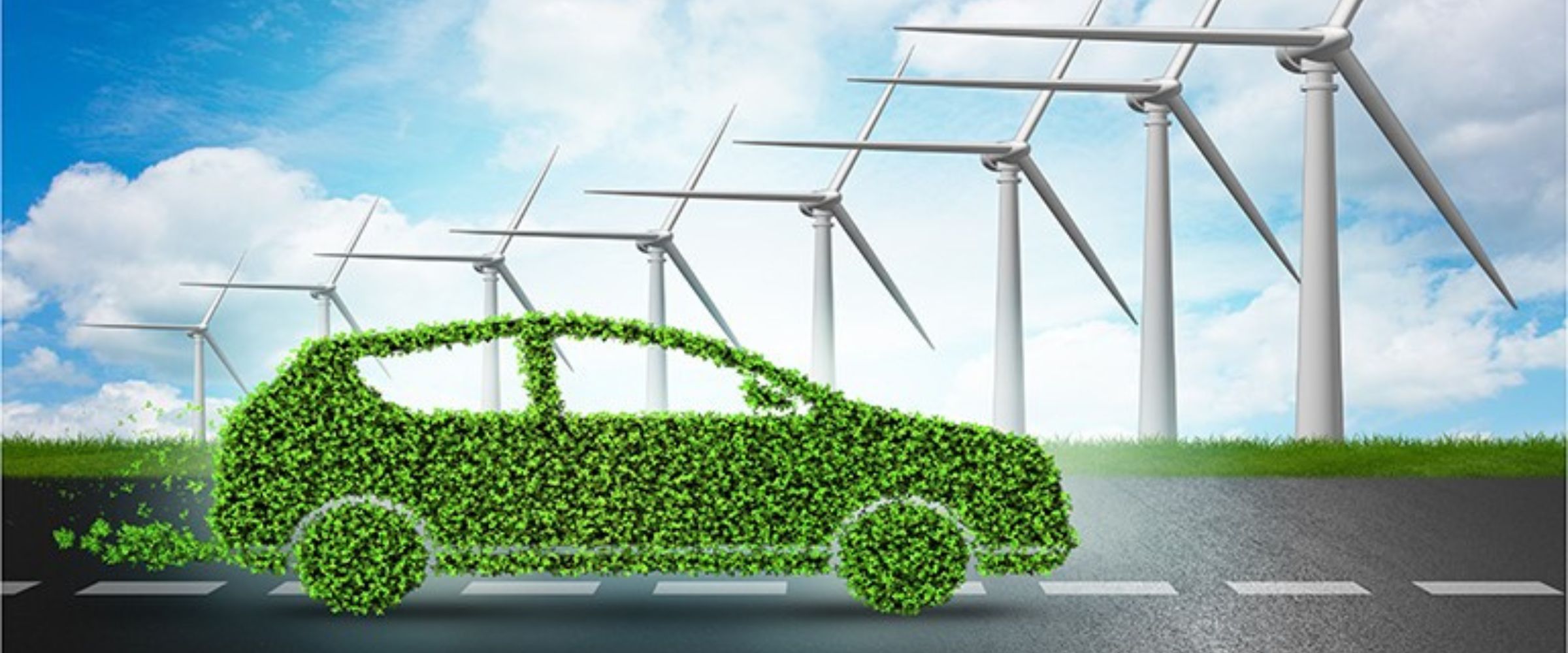The electric vehicle (EV) industry is evolving rapidly, and a groundbreaking innovation is taking center stage—self-charging EVs. Unlike conventional electric cars, these advanced vehicles generate power while in motion, reducing reliance on external charging stations. As a result, they tackle major concerns such as range anxiety, high infrastructure costs, and charging limitations.
A New Era in Clean Energy
One of the most promising figures behind this revolution is Er. Satyam Kumar Jha, a respected educator now making waves in sustainable technology. His Self-Charging Electric Vehicle System and Next-Gen Wind Energy Solution are paving the way for a future where EVs are more efficient, cost-effective, and environmentally friendly. By introducing innovative energy-capturing mechanisms, these advancements could significantly reshape the global EV landscape.
Also Read : Pakistan Strengthens Auto Industry Ties with Japan for a Greener Future
How Do Self-Charging EVs Work?
Unlike traditional EVs, which require frequent stops at charging stations, self-charging vehicles integrate wind energy technology to generate electricity while in motion. Jha’s system features an air-powered generator that captures wind resistance and converts it into usable power. As a result, the battery replenishes itself continuously, even at lower speeds. This method eliminates the inconvenience of frequent recharging, offering a seamless driving experience.
Key Advantages of Self-Charging EVs
✅ Extended Driving Range – Reduces the need for external charging, making long trips more convenient.
✅ Cost-Effective Solution – Lowers electricity expenses by minimizing reliance on charging stations.
✅ Eco-Friendly Innovation – Cuts carbon emissions and promotes sustainability.
✅ Greater Convenience – Ensures uninterrupted travel with fewer energy concerns.

Expanding Renewable Energy with Wind Power
Beyond EV technology, Jha’s Next-Gen Wind Energy Solution is another milestone in clean energy innovation. By enhancing wind energy efficiency, this solution makes renewable power more accessible and scalable. The integration of such technologies not only benefits the transportation sector but also strengthens efforts toward global energy independence.
Also Read : BMW, Mercedes, and Audi Adjust Pricing and Production to Ease Tariff Pressure
What Lies Ahead?
With self-charging EVs gaining momentum, the dream of a fully sustainable, cost-efficient, and high-performance electric vehicle is closer than ever. Innovators like Er. Satyam Kumar Jha are driving this transition, ensuring that clean energy solutions continue to advance. If widely adopted, these developments could redefine the way we think about transportation, making traditional charging stations a thing of the past.
Could this be the breakthrough that accelerates the shift to fully self-sustaining EVs? The future of electric mobility is here—and it’s powered by innovation!









